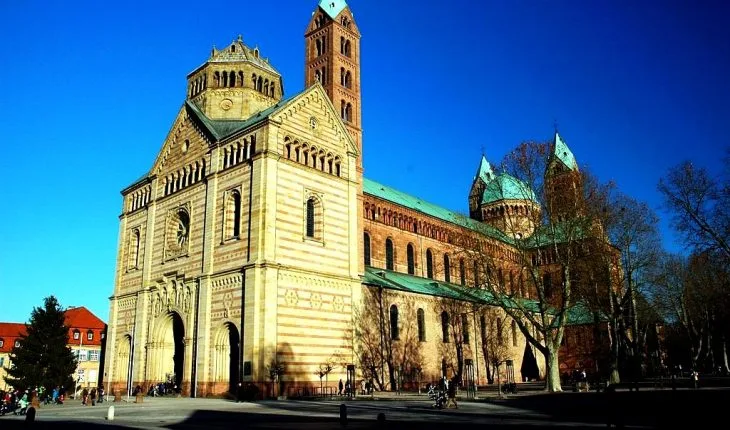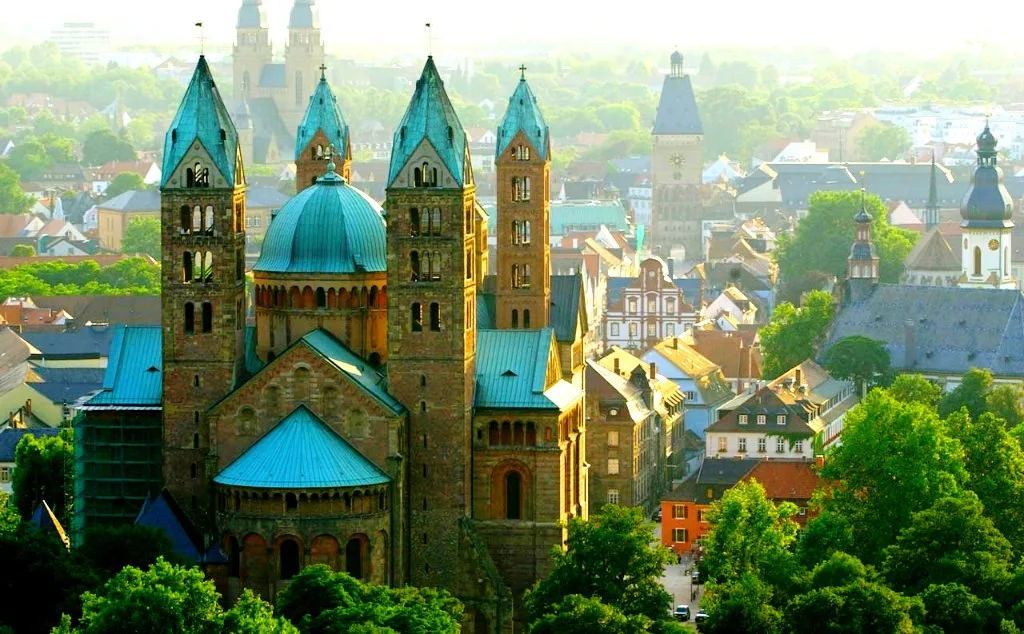In the Middle Ages, Speyer Cathedral was one of the largest buildings in the world. In 1981, it was added to the UNESCO World Heritage List.
 |
| Speyer Cathedral |
The ancient German city of Speyer on the Rhine is home to the largest surviving Romanesque church in Europe, the Speyerer Dom. It was erected in 1030-1061 during the reign of representatives of the Salic dynasty - the kings of the East Frankish kingdom (Germany) and the emperors of the Holy Roman Empire. The founder of the temple was Konrad II.
 |
| Speyer Cathedral |
The large imperial cathedral in Speyer (Kaiserdom zu Speyer), as it is also called, was repeatedly destroyed during the wars, but was rebuilt each time. The cathedral is over 130 meters long, the middle nave is 33 meters high, and the tallest tower is over 70 meters.
 |
| Speyer Cathedral |
The crypt under the altar contains the burials of several German emperors and kings from the Middle Ages. Using the example of this temple, one can study not only the centuries-old history of Germany, but also the development of the restoration business over the past few centuries. In particular, in the middle of the 20th century, it was returned to its original Romanesque look.
 |
| Speyer Cathedral |
In 1981, Speyer Cathedral became the second German site to be listed as a UNESCO World Heritage Site.
